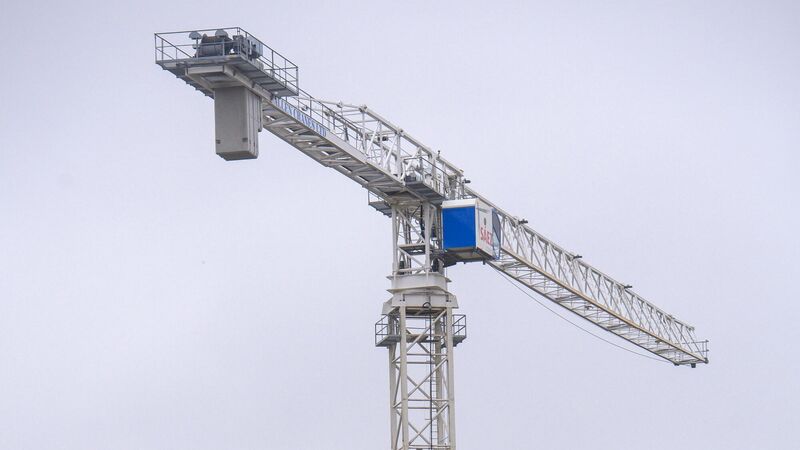Construction activity falls at fastest pace in nearly three years

In line with the picture for total construction activity, work on housing projects decreased for the fifth consecutive month during September, AIB found. Picture Dan Linehan
The downturn in the Irish construction sector gathered pace at the end of September, with overall activity falling at its fastest pace since the end of 2022.
In its latest Ireland Construction PMI, AIB reported a sharp reduction in activity, with employment also falling for the first time in seven months.











